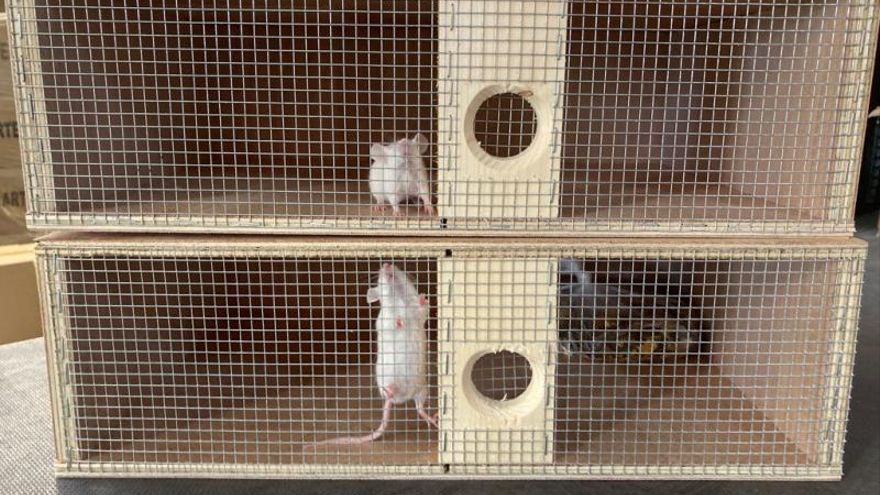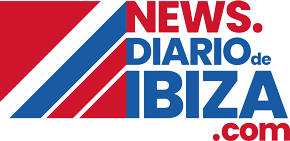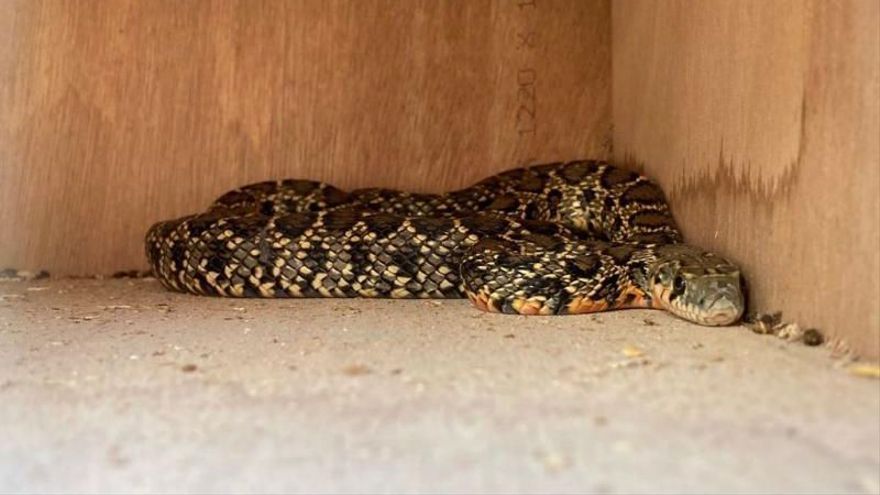The platform SOS Salvem sa Sargantana Pitiusa has recorded 454 snake captures in their traps from spring until July 31st. The figures correspond only to the baits controlled by a third of the volunteers, but confirm that the northeast of the island is the area most affected by this problem and in addition, two “hot spots” have been located in Cala Tarida and sa Caleta, in the middle of the area that remains snake free.
 The mice in two traps. | M.C.MOLINA
The mice in two traps. | M.C.MOLINA
So far, each of the traps controlled by the network of volunteers has managed to catch an average of 2.7 reptiles, according to the report drawn up by herpetologist Antònia Maria Cirer based on the data provided by 102 volunteers of SOS Salvem sa Sargantana Pitiusa. Although the total number of people who to participate in the program exceeds 320, Cirer avoids projecting final calculations and limits herself to the confirmed figures.
However, the actual number of captures this year is well above, since the largest number of cages are from the Consorci per a la Recuperació de la Fauna Salvatge de les Illes Balears (Cofib), which will provide its official data this week, as a spokesman for the Ministry of Environment anticipated yesterday. It should be kept in mind that in 2020, Cofib had 330 traps spread across the island, while this season it planned to install 2,000.
Distribution by zones
The municipality of Sant Joan has registered the most captures up to July 31st, with 173 snakes in 42 traps. In Santa Eulària 173 have also been caught, but 57 traps have been used. In the municipality of Sant Josep, which until now was much less affected by this problem, 34 specimens have been caught in 55 cages, while in Sant Antoni 45 have been used to catch 30 reptiles. In Vila, volunteers have caught eight snakes with five traps.
The vast majority of the captures are horseshoe whip snakes (Hemorrhois hippocrepis), but there are also a number of ladder snakes (Rhinechis scalaris). The data in this report cover the mating period of the snakes, “therefore the period of greatest mobility and with the most captures”, which would begin in April, after the hibernation period.
However, Cirer specifies that the awakening of these reptiles is gradual and does not occur evenly throughout the territory. “If it is a sunny day and their hiding place is more exposed, they can be found in February and, perhaps, then none are seen in March”, he explains. From August until the end of October, the plan is to capture the hatchlings born this summer, “from 20 centimetres in length”.
For the full article, please visit Diario de Ibiza website here.

